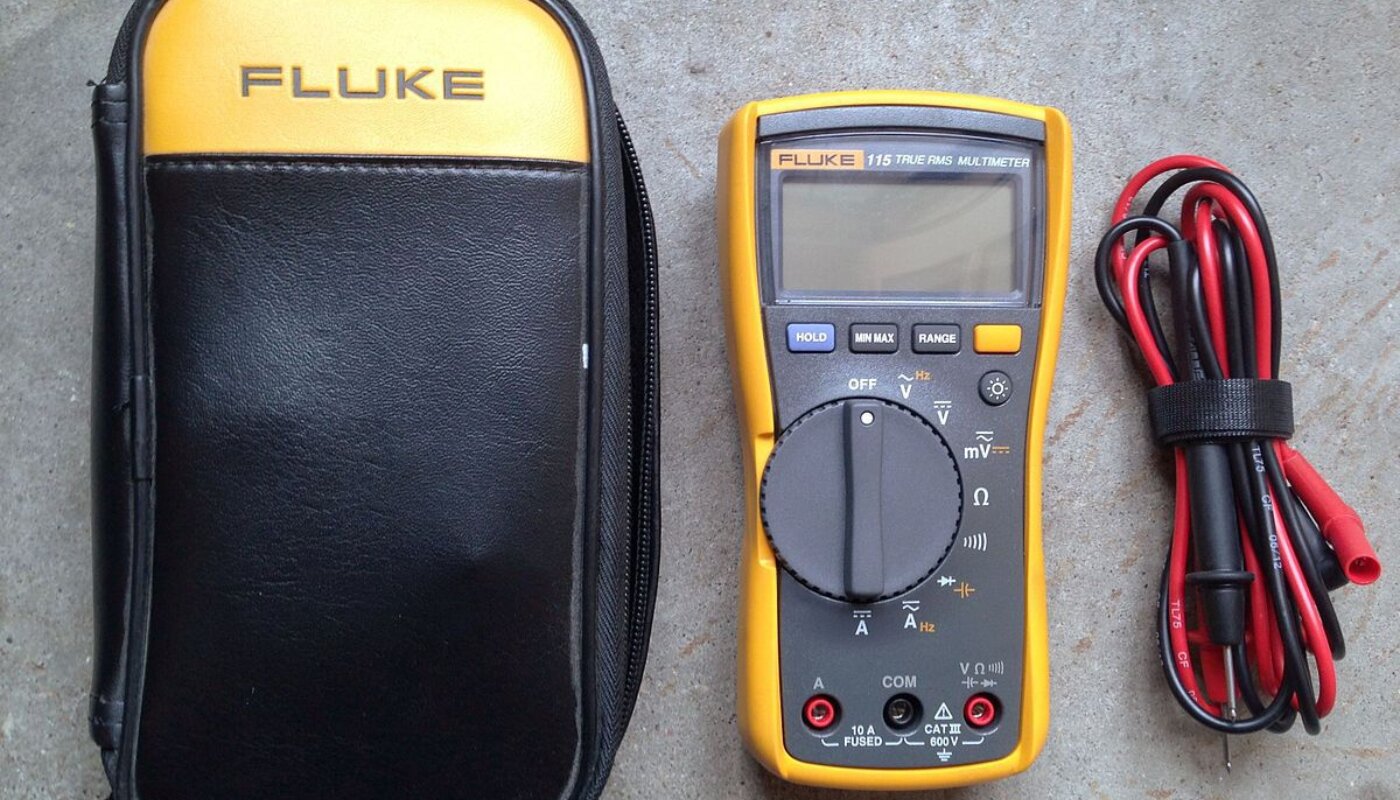
Using a multimeter for automotive troubleshooting
By Dean Larson
Articles and video by The Hagerty Group
Photo by J.C. Fields (Talk) (Uploads) - Own work, CC BY-SA 3.0, https://en.wikipedia.org/w/ind...
For many of us in the automotive hobby, the most used item in our toolboxes isn’t the fabled 10-millimeter socket, or a 9/16 wrench or a big old hammer (unless you’re a Triumph owner). Instead it’s the multimeter, used for testing voltage, current and resistance, which is the most useful item for quickly troubleshooting and diagnosing problems of the electrical sort. Sure, your dad probably taught you a few quick and dirty methods for testing components (like jumping the starter solenoid with a screwdriver in an old Ford in my case), but the multimeter is a far more safe and foolproof way to test electrical systems. Getting acquainted with a multimeter can be daunting since it’s capable of so many functions, but familiarize yourself with just a few of its basic uses, and you’ll be well on your way resolving your electrical gremlins.
Multimeters come in a few different forms and various price points. A cheap dollar-store meter might get you out of a pinch, but shouldn’t be relied on for day-to-day use. Similarly, you probably don’t need to spend hundreds or thousands of dollars on a scientific meter. For as little as $20, you should be able to pick up a basic digital meter that will get you through most jobs in the garage.
In short, using the three basic functions of the multimeter will help you troubleshoot failed electrical components, broken or worn wiring, battery life and many other problems related to continuity. Since we’re not big on reinventing the wheel, we’ve compiled a few great articles and a video from the folks at Hagerty that will teach you the basic functions of the multimeter and how to start diagnosing electrical systems.
This video is a great place to start, as it provides a simple overview of digital meters and some basic bench tests. After watching the multimeter basics video, move on to the more-detailed articles to learn about measuring resistance, verifying continuity and detecting voltage drop. Hats off to the folks at Hagery for assembling this free multimeter tutorial.
Hagerty How to Use a Multimeter, Part One Introduction
Hagerty How to Use a Multimeter, Part Two Measuring Voltage
Hagerty How to Use a Multimeter, Part Three Measuring Resistance and Verifying Continuity
Hagerty How to Use a Multimeter, Part Four Measuring Current
Hagerty How to Use a Multimeter, Part Five Measuring Voltage Drop

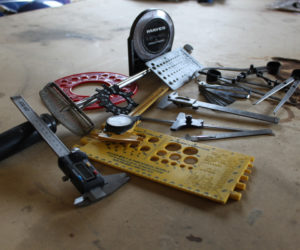
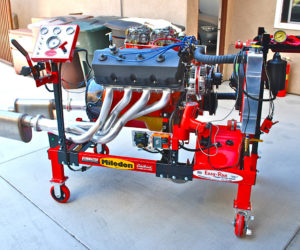
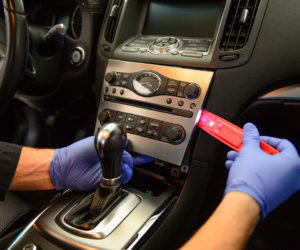

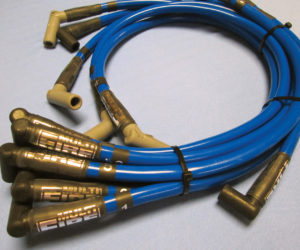
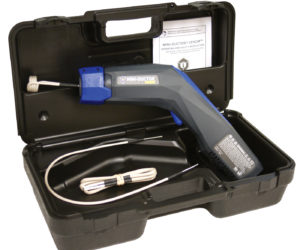




Comments for: Understanding Multimeter Basics
comments powered by Disqus